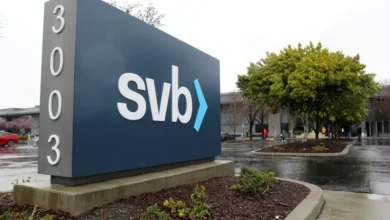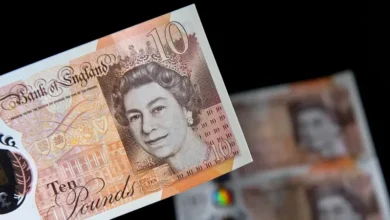India budget to raise capex by 33 pct as jobs, infra take priority ahead of elections

India’s government on Wednesday unveiled one of its biggest jumps in capital spending in the past decade and said the fiscal deficit would fall next year, as it tries to create jobs while maintaining financial discipline.
As Prime Minister Narendra Modi’s government faces elections in key states this year and a national vote in 2024, it has been under pressure to create jobs in the country of 1.4 billion where many have struggled to get employment.
“After a subdued period of the pandemic, private investments are growing again,” Finance Minister Nirmala Sitharaman said as
she presented the 2023/24 budget in parliament.
“The budget makes the need once again to ramp up the virtuous cycle of investment and job creation. Capital investment is being increased steeply for the third year in a row by 33 percent to 10 trillion rupees.”
The capital spending increase to about $122.3 billion, which would be 3.3 percent of gross domestic product (GDP), in the next
fiscal year starting on April 1 will be the biggest such jump after an increase of more than 37 percent between 2020/21 and 2021/22.
“In the backdrop of an anticipated slowdown in global growth, reliance on public capex as a countercyclical policy will help in supporting overall growth,” said Vivek Kumar, economist at QuantEco Research in Mumbai.
The finance ministry’s annual Economic Survey, released on Tuesday, forecast the economy could grow 6 percent to 6.8 percent year-on-year next fiscal year, down from 7 percent projected for the current year, while warning about the impact of cooling global demand on exports.
Sitharaman said that despite a global slowdown because of the COVID-19 pandemic and the Russia-Ukraine war, the Indian
economy was “on the right track.”
Total expenditure is seen rising 7.4 percent to 45 trillion rupees.
Sitharaman said the government would target a budget deficit of 5.9 percent of GDP for 2023/24, down from 6.4 percent for the current year.
A Reuters poll had pegged the deficit for the next fiscal year at 6 percent.
Gross market borrowing is estimated at 15.43 trillion rupees ($189 billion), while net borrowing is seen at 11.8 trillion rupees.
Since taking office in 2014, Modi has ramped up capital spending including on roads and energy, while wooing investors through lower tax rates and labor reforms, and offering subsidies to poor households to clinch their political support.
After Sitharaman revealed the capital spending jump, ruling-party lawmakers thumped their desks as the camera moved to Modi.
A lack of enough and well-paying jobs for young people has been one of the biggest criticisms of Modi, who is still widely projected to win the general election.
Indian shares surged after the government raised the minimum tax rebate limit to 700,000 rupees from 500,000 rupees earlier and stepped up spending. Bond yields moved lower after it lifted gross borrowing.
Sitharaman said the aim was to have strong public finances and a robust financial sector for the benefit of all sections of the country. She also allocated 350 billion rupees for an energy transition, as Modi focuses on green hydrogen and other cleaner fuels to meet the country’s climate goals.










